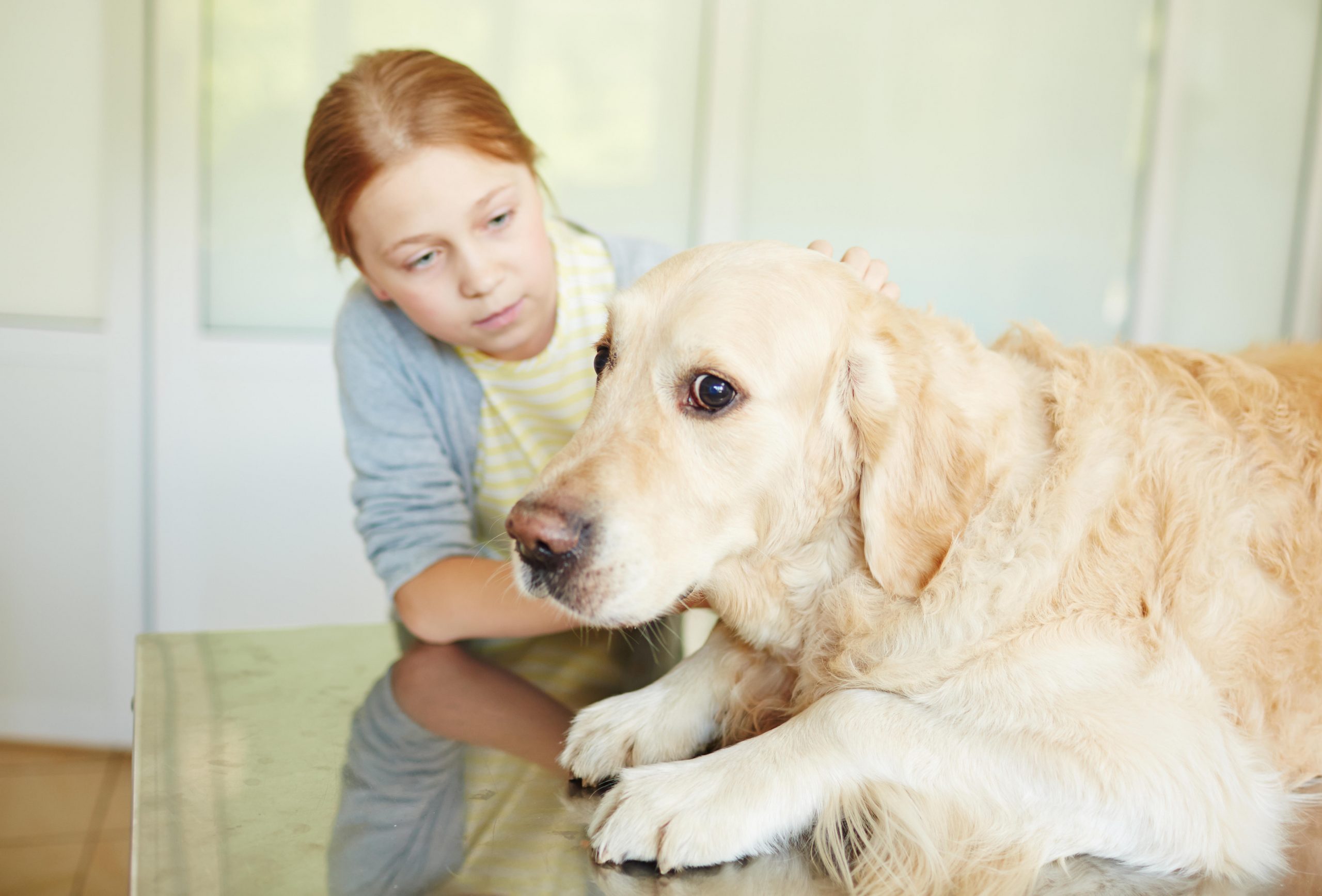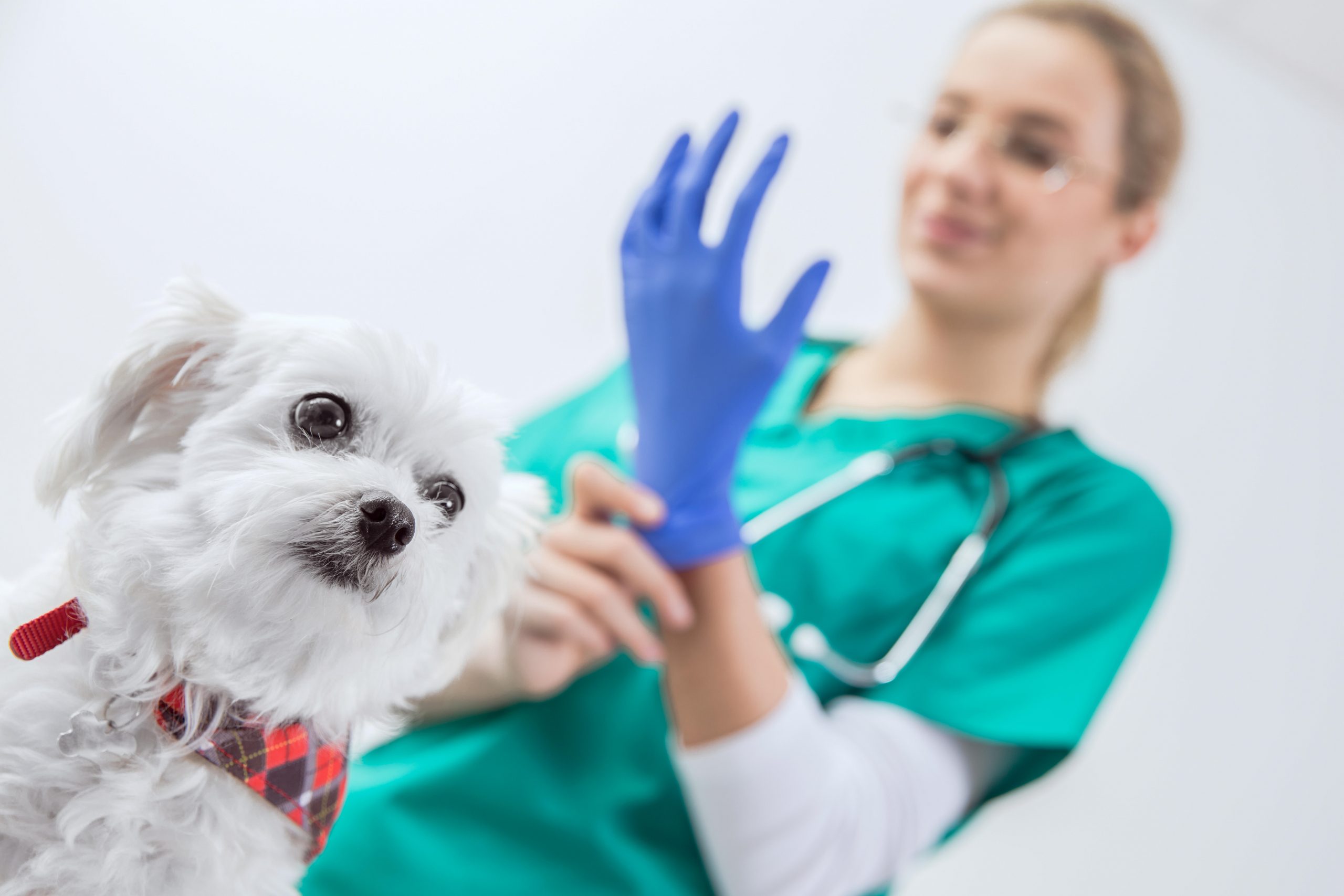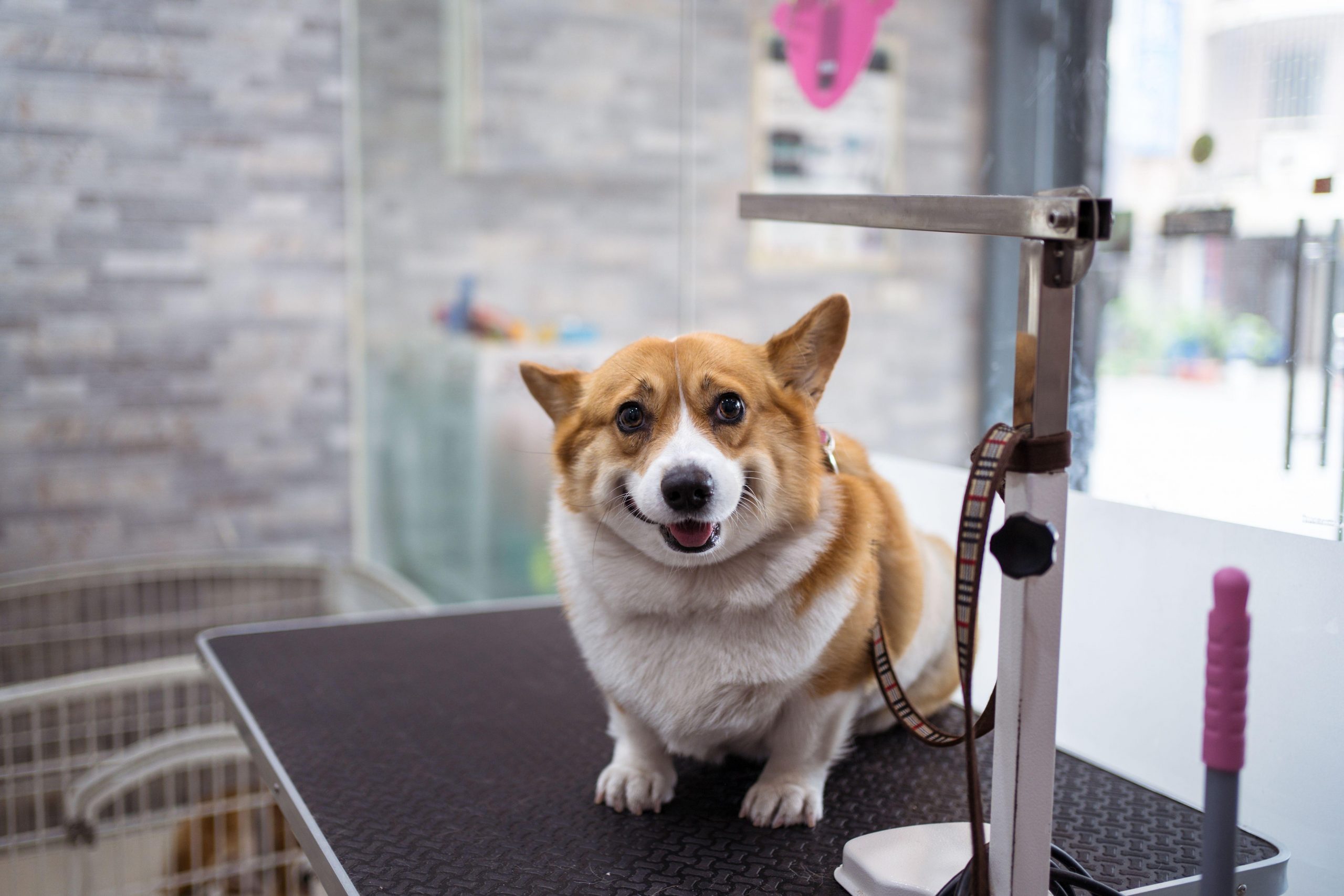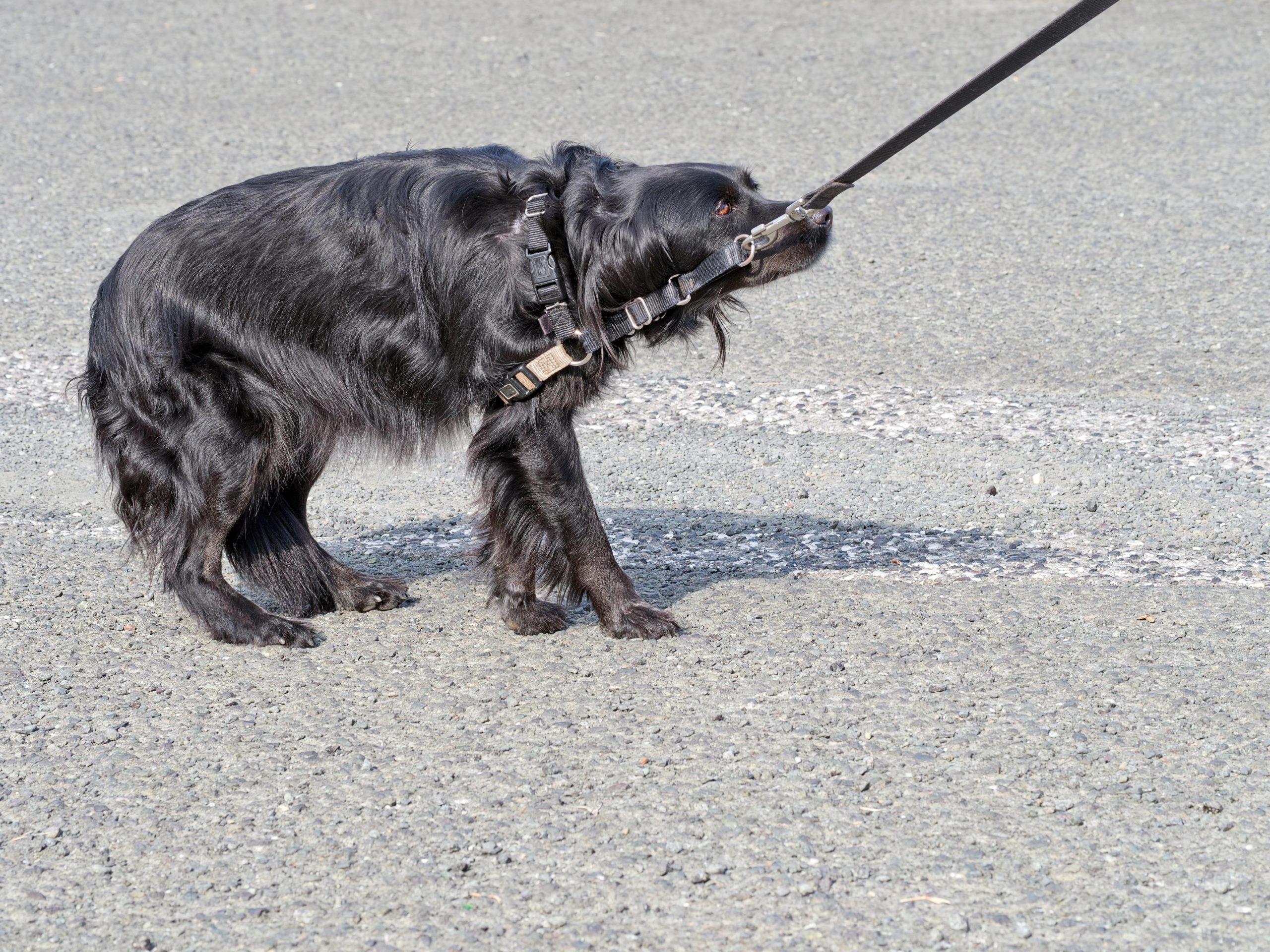How to keep your dog calm going to the vet, by award-winning trainer Ben Randall
Some dogs seem to have a sixth sense about going to the vet, so what hope is there of getting them there in one piece and without going into a frenzy? Well, there's actually plenty of hope, says expert trainer Ben Randall, as he explains how to keep your dog calm going to the vet.


A lot of the time we spend doing things with our dogs are pleasant, fun experiences: going for walks, playing games, snuggling up on the sofa.
But what happens when your dog runs into a painful necessity? As humans we can rationalise medical appointments as we know they're for the long-term good, but dogs don't have that luxury — and a trip to the vet can send them spinning, as this week's reader has experienced.
Hi Ben — I'm hoping to get some help on taking my dog to the vet. He's a good boy in general, but absolutely goes to pieces when we're taking him to the vet, and somehow he seems to know where we're going before he's even got into the car. Please help, it's bad and getting worse. — GL, Staffordshire
Many of the things I've looked at in these columns — things like getting a dog to walk to heel, teaching a dog to sit or getting a dog to play fetch — have been about your interaction with the dog, something which you can control directly. This one is a little different since it's all about your dog reacting to a third party, but I've always found in developing my BG (Beggarbush) training philosophy that the key is getting into your dog's head to figure out what's going on.
So let's ask ourselves the obvious question: why would a dog be nervous of going to the vet? It all starts from their very first visit, often to have their second vaccination jabs or their microchip implanted.
They're taken to a strange place, one they've never been before. They're led away from their surrogate parent — that's you — and taken off into a strange room with odd smells, inhabited by strange people wearing masks and white coats. They're manhandled up onto an examination table. These strange new people will immediately begin poking around and inserting things into in their eyes, nose, mouth, ears and even their bum. And to top it all off, they'll get jabbed with a needle or a microchip inserted under their skin.
From the dog's point of view, this doesn't feel like nurturing care. It's more like being abducted by aliens.

Viewed at from that point of view, things become a little easier to explain — and you'll see how as we go through the steps to make going to the vet an experience that, while it may not exactly be pleasant, is calm and generally positive.
Sign up for the Country Life Newsletter
Exquisite houses, the beauty of Nature, and how to get the most from your life, straight to your inbox.
How to keep your dog calm going to the vet
1. If it's your dog's first visit to the vet, make sure they've been there before — but in a good way
A big part of the problem with dogs going to the vet is that they only experience the place negatively, right from the start. If can, take your dog down to the vet a couple of times before their first proper appointment to meet the vet and the nurses, and interact with them in a positive, reassuring way.
Vets' offices usually have a plentiful supply of treats — let the dog be rewarded by the vet and his or her team for staying calm calmly, or for getting lifted onto the inspection table. It'll cost the vet a couple of minutes of their time, of course, but it's well worth it for them if they then have a calm, happy patient for life.

2. How to stop your dog finding out that it's going to the vet that day
It's easy to forget that a dog's sense of smell is quite incredible. Recent research suggests that they can detect certain types of cancer at least as well, if not better, than traditional medical diagnostic tests. So when you wonder how your dog 'knows' that he's going to the vet long before you've even gone out to the car, my guess (and I can't prove this) is that he's probably smelt the one thing in your house that's guaranteed to smell of the vet's office: the dog's vaccination record which you probably got out of the drawer at breakfast time. I always make sure I get my dogs' vaccination cards a day or two before and pop them in the glove box of the car.
3. If your dog has to be seen in the car park, be careful not to scare it
If you've had your dog for years and the pattern of vet fear is already established, many vets will see the dog for basic things in the car park instead — particularly in lockdown this happened a lot. That's fine, but please make sure you control how that goes — and whatever you do, make sure that the dog is out of the car.
It not, you're back in alien abduction territory again: the dog sees a strange person approach the back of the car in a mask and a white coat, opens the boot, grabs hold of it and administers an examination and a jab.
I’ve seen this happen time and again: a vet walking to the back of car, opening it up, leaning in and jabbing the dog — and then owners come to me and ask me why their dogs are nervous or aggressive whenever anyone approaches them in the back of the car – all makes sense once you start seeing it in those terms.

4. Keeping a dog calm while it's having an injection
Having a vaccination can be hard for humans, let alone dogs — so make sure your vet and nursing team take a note from the nurses who administer vaccinations in primary schools, since it's very similar to a child being given its boosters. A good nurse will be adept at getting the kid’s attention, offering them a sweet or telling them a story or a joke, or asking them a question — and the child will often have had the jab before it’s even aware of what is going on.
This list isn't exhaustive — there are other things you can try to keep your dog calm and happy — but once you start to see the whole experience through the eyes of your four-legged friend, things will get a lot easier. I'm not promising that going to the vet will start to become a highlight of their year, but it should at least help you figure out ways to stop those journeys becoming a nightmare for both of you.
For more detailed advice about Ben Randall’s positive, reward-based and proven BG training methods, one-to-one training sessions, residential training or five-star dog-boarding at his BGHQ in Herefordshire, telephone 01531 670960 or visit www.ledburylodgekennels.co.uk. For a free seven-day trial of the Gundog app, which costs £24.99 a month or £249.99 a year, visit www.gundog.app/trial
-
 Human teeth, Scottish cities and a visit from Caesar: Country Life Quiz of the Day, April 17, 2025
Human teeth, Scottish cities and a visit from Caesar: Country Life Quiz of the Day, April 17, 2025Thursday's quiz tests your knowledge on a certain Prime Minister's last words, obscure artistic movements and royal weddings.
By Rosie Paterson
-
 Seven of the UK’s best Arts and Crafts buildings — and you can stay in all of them
Seven of the UK’s best Arts and Crafts buildings — and you can stay in all of themThe Arts and Crafts movement was an international design trend with roots in the UK — and lots of buildings built and decorated in the style have since been turned into hotels.
By Ben West